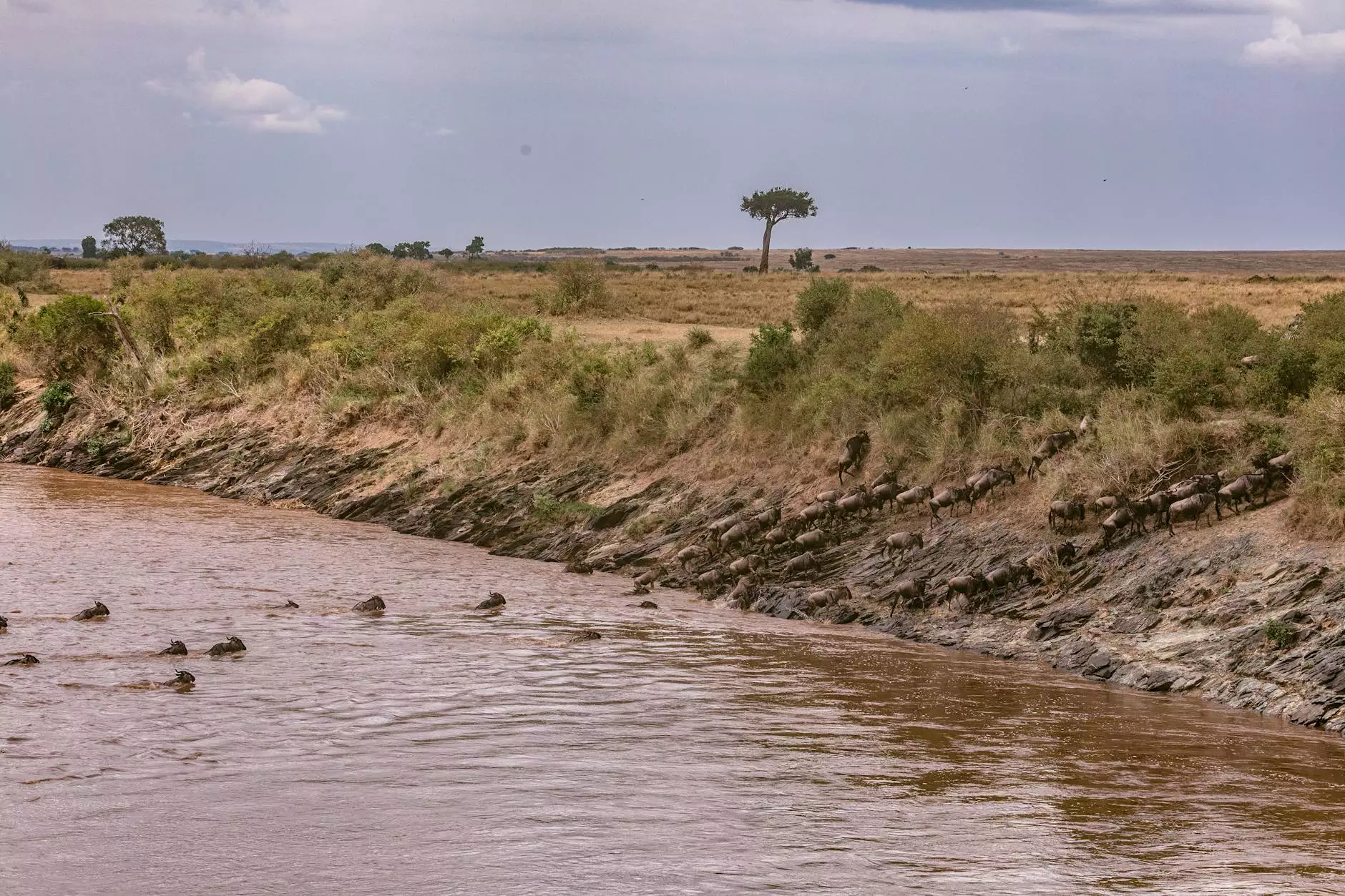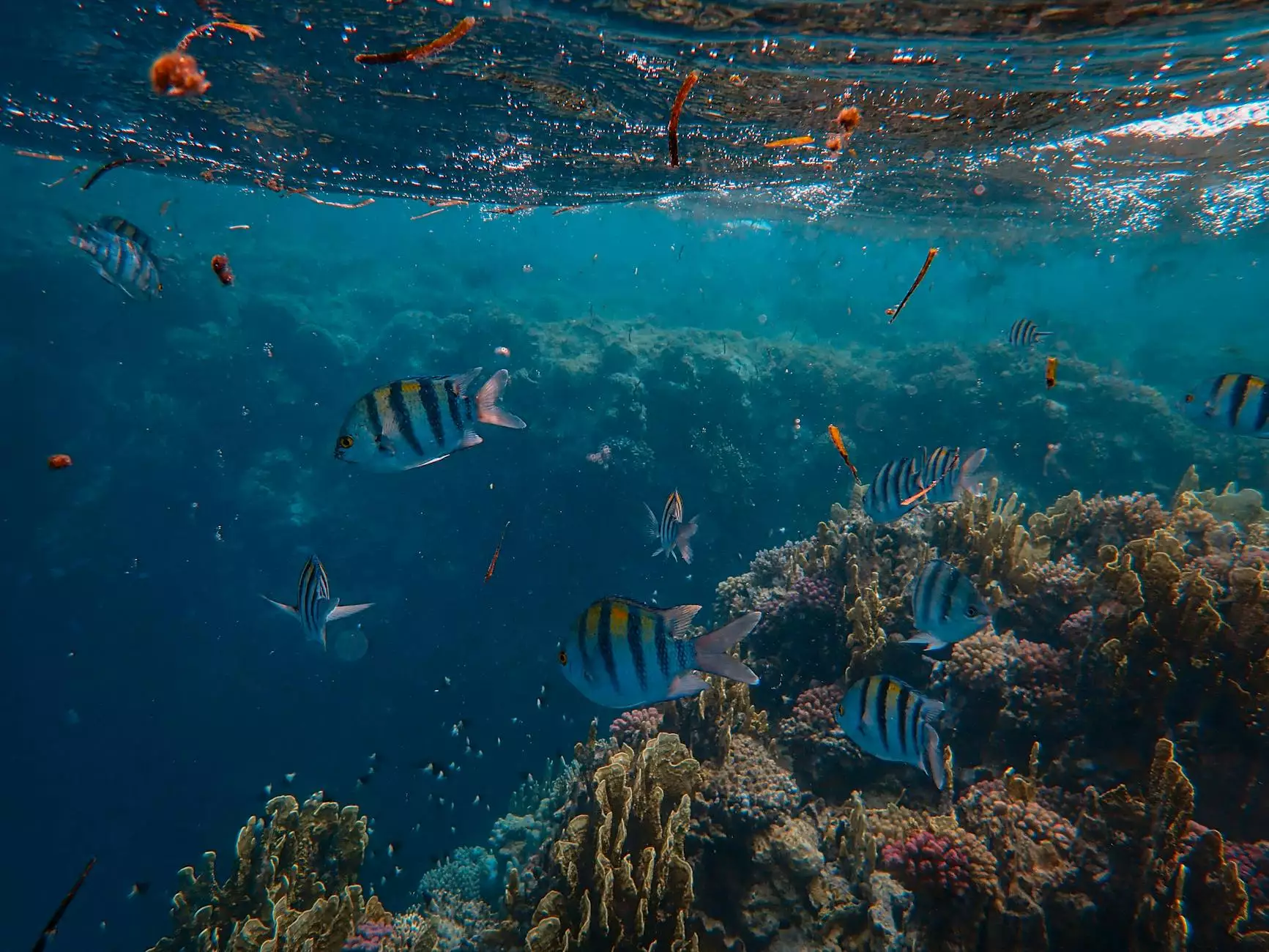Why Do Ostriches Have Three Stomachs?

The Amazing Adaptations of Ostriches
Ostriches, the largest flightless birds on Earth, are known for their incredible speed and unique anatomy. One of the most fascinating features of these magnificent creatures is their digestive system, which includes not one, not two, but three stomachs. This intriguing adaptation plays a crucial role in their survival in the wild.
The Functionality of Ostrich Stomachs
Each of the three ostrich stomachs serves a different purpose in the digestive process. Let's explore the functions of these stomachs:
1. Foregut Fermentation Chamber
The first stomach, also known as the foregut fermentation chamber, is responsible for initial food breakdown. Ostriches are omnivorous, and their diet consists of a variety of plant matter, insects, and small animals. The foregut fermentation chamber aids in the breakdown of tough fibers and cellulose, which are prevalent in the plants they consume.
2. Gizzard
The second stomach, known as the gizzard, is a muscular organ responsible for grinding and mechanically breaking down the food. Ostriches do not have teeth; therefore, the gizzard plays a vital role in the mechanical digestion process. Stones and pebbles are often swallowed by ostriches to aid in the grinding process within the gizzard.
3. True Stomach
The third stomach, or the true stomach, functions similarly to the stomach in other animals. It is here that the chemical breakdown of the food occurs, with the help of digestive enzymes and acids. This allows for the extraction of nutrients from the food consumed by the ostrich.
The Significance of Multiple Stomachs
So why do ostriches have three stomachs, unlike many other bird species? The answer lies in the challenges they face in their natural habitat, which often lacks abundant resources and requires efficient energy utilization. The complexity of their digestive system enables them to extract as many nutrients as possible from the limited food sources available to them.
The Role of Ostrich Digestive Adaptations in Survival
Ostriches are native to the arid and semi-arid regions of Africa, where food scarcity and water availability pose significant challenges. The three stomachs of ostriches allow them to extract the maximum possible nutrition from their diet. This evolutionary adaptation enhances their energy efficiency and enables them to thrive in harsh environments.
Ostrich Digestion: A Fascinating Process
The remarkable digestive system of ostriches ensures that they can efficiently extract nutrients from the diverse range of foods they consume. This intricate process involves the coordinated effort of their multiple stomachs, optimizing the breakdown of food for maximum energy extraction.
Experience Ostriches and More with Safari Ventures
At Aventuras Naturales, our passion lies in providing unique and unforgettable wildlife experiences. Join Safari Ventures, our expert guides, and embark on an adventure to witness the awe-inspiring world of ostriches. Encounter these incredible birds in their natural habitat and gain a deeper understanding of their adaptions and survival strategies.
Why Choose Aventuras Naturales?
Aventuras Naturales is a leading name in the travel and tourism industry, specializing in immersive wildlife encounters. Our team of experienced professionals ensures that every journey with us is filled with knowledge, excitement, and adventure. With Safari Ventures, you can trust us to create memories that will last a lifetime.
Book Your Ostrich Adventure Today
Ready to explore the wonders of ostriches and their incredible three-stomach system? Contact Aventuras Naturales and book your safari adventure now. Uncover the secrets of these remarkable birds and discover the beauty of nature like never before.










